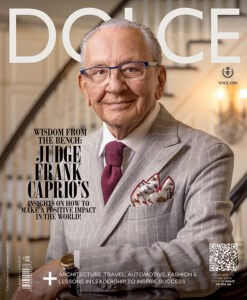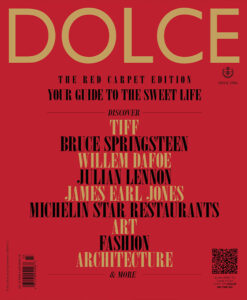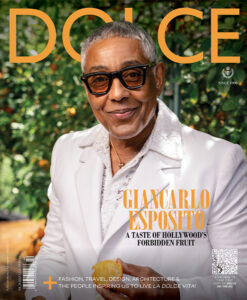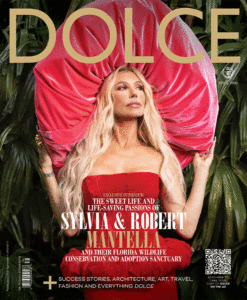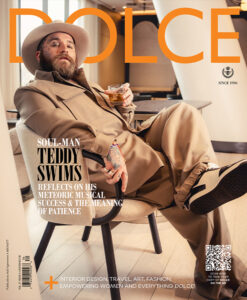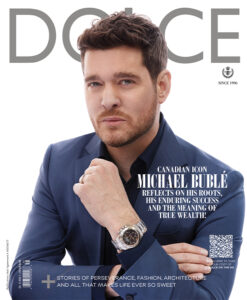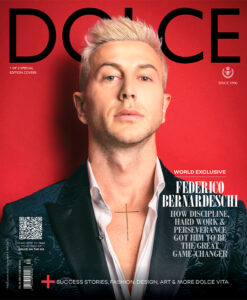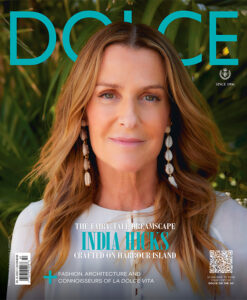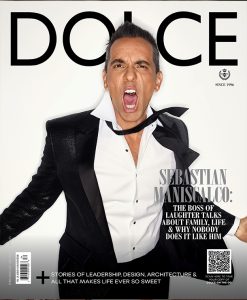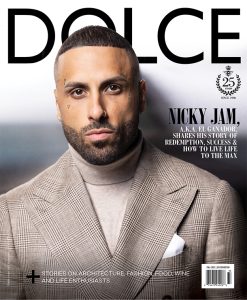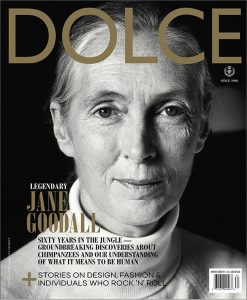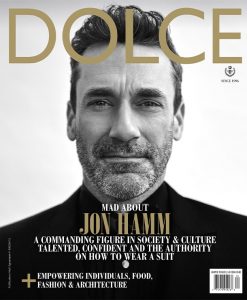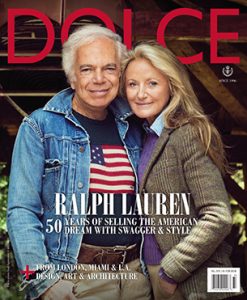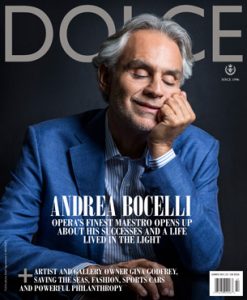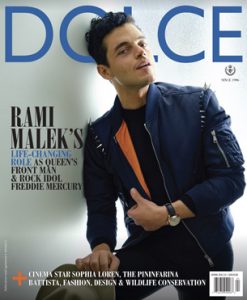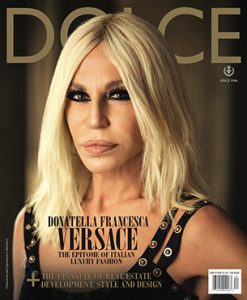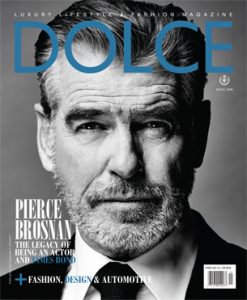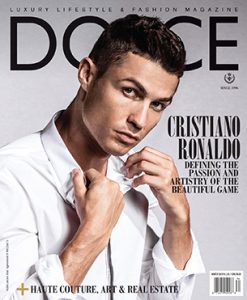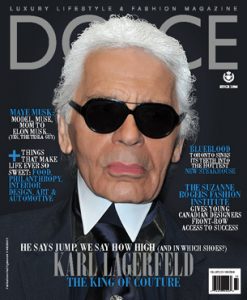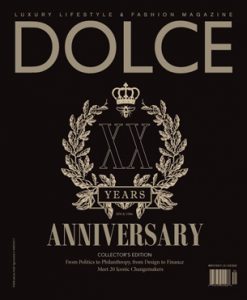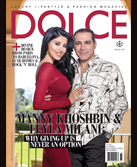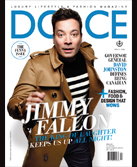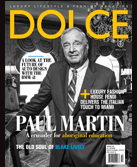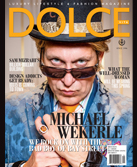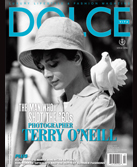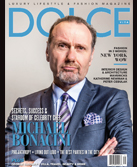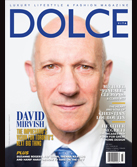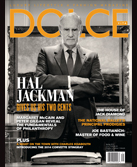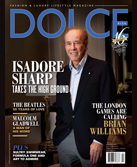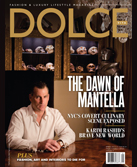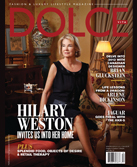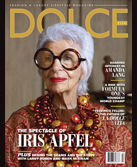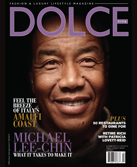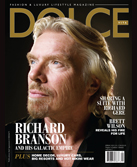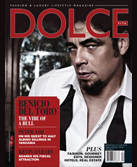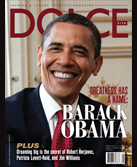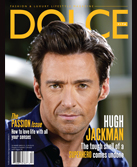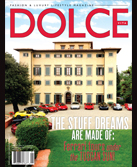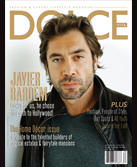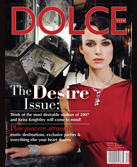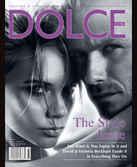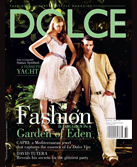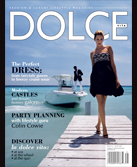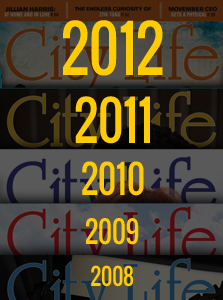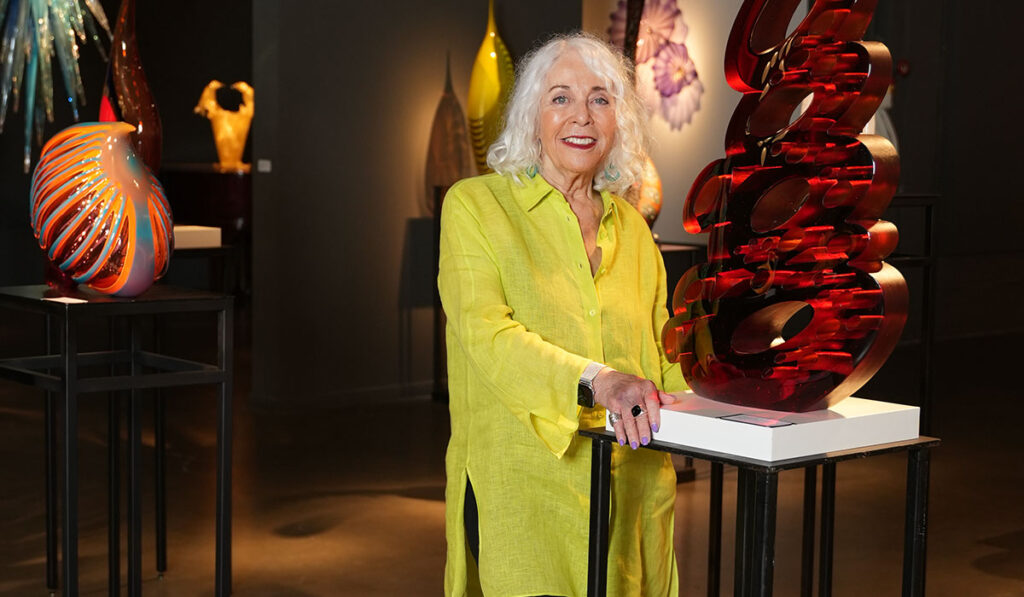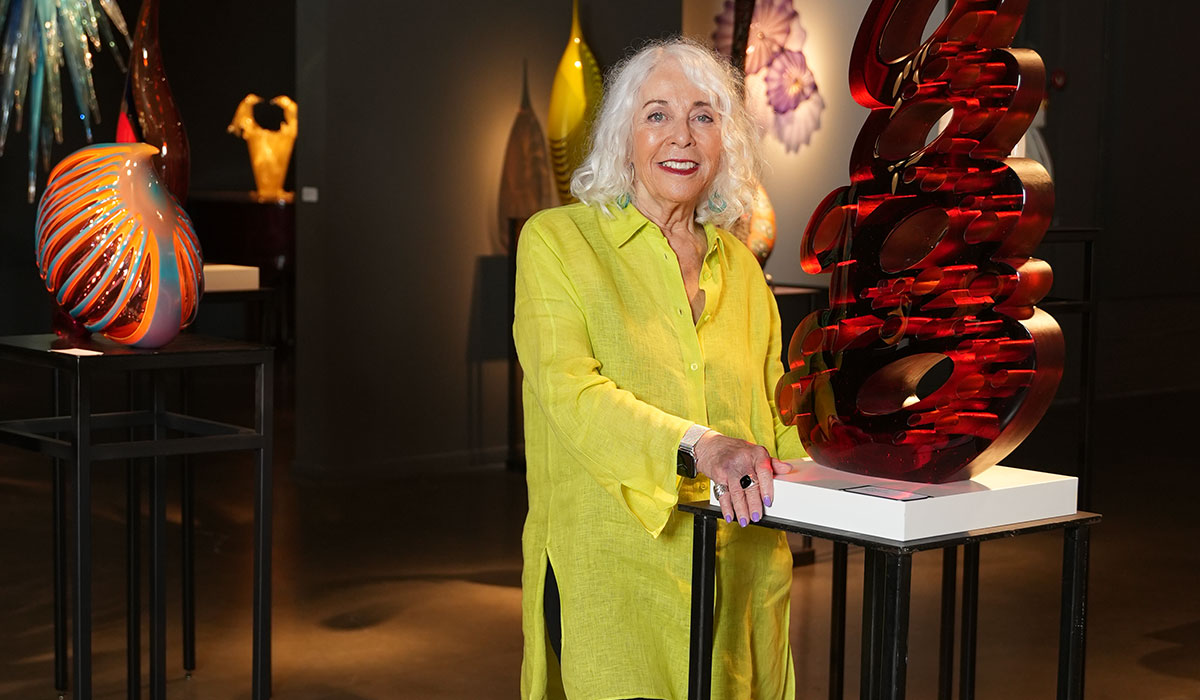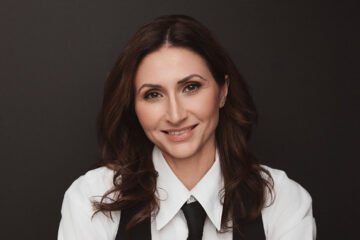Sandra Ainsley: Latchezar Boyadjiev
Sandra Ainsley highlights one of the most prominent glass artists of our time, an influential source for many glass artists in the Czech Republic and Slovakia.
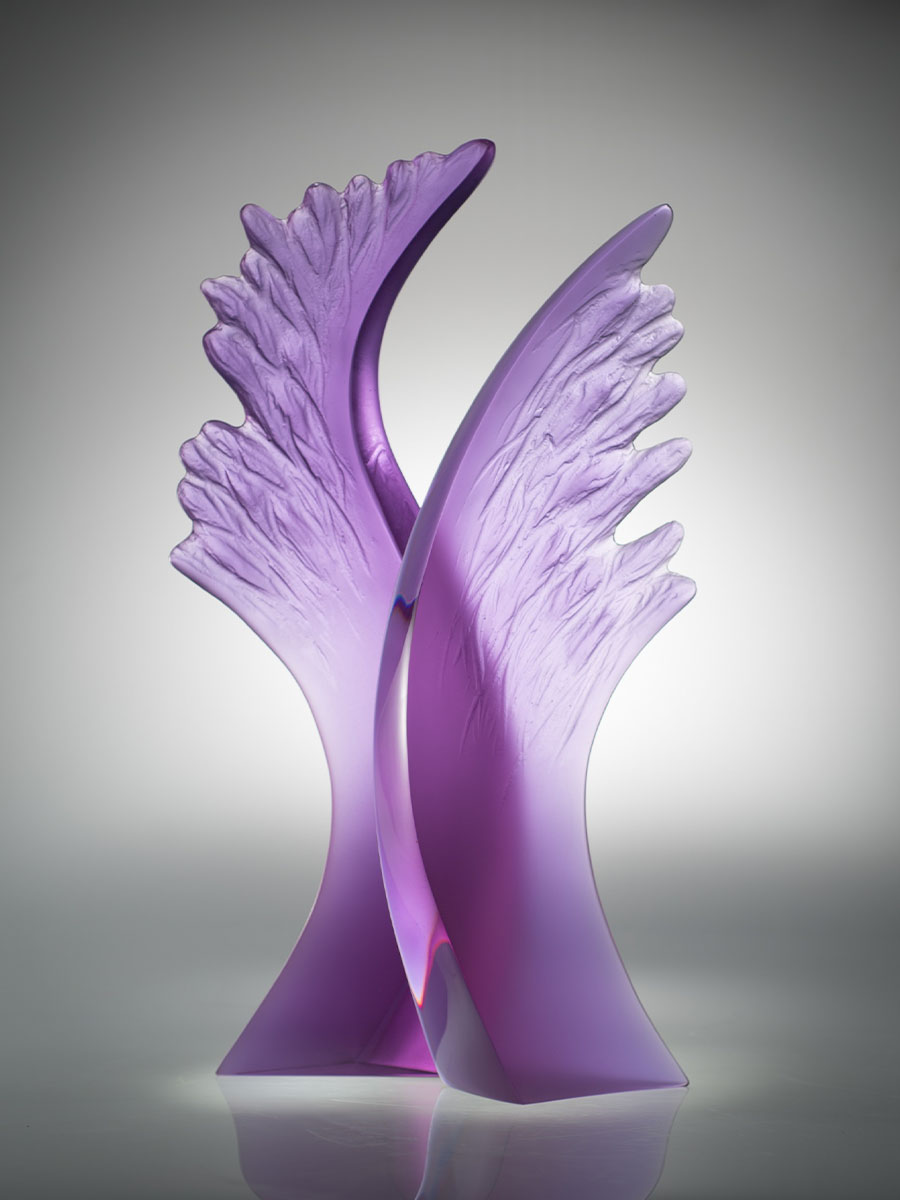
Boyadjiev continually refines his designs through hours, days, or weeks of drawing, followed by the creation of a clay model, molding, and detailed craftsmanship to achieve the final sculpture. | Photo Courtesy Of Latchezar Boyadjiev
Q: Your biography is ready-made material for a film. You were born in communist Bulgaria and at the age of 27, escaped with your wife to the United States, where you live and create to this day. What happened that made you make such a difficult decision?
A: Yes, I have [had a] very interesting life so far. You are right that it could be material for a film or book. There were three factors that made me leave Bulgaria and Czechoslovakia: First was that when I graduated from the Academy of Art[s, Architecture] and Design in Prague, my passport expired, and I had to return to Bulgaria. I was told that I had to work for three years in a glass factory as a designer of glassware, far away from Sofia, where I was born and lived. I got a one-year extension for the passport, and this is when I knew we had to escape. There was no way for me to live in Prague after the passport expires. [So] I could not live [there] and be creative if I have no freedom.
Q: At what point in your life did you discover glass — or did glass discover you?
A: When I was at the academy in Sofia the first year [there] were posted few opportunities to study abroad as an exchange student in other socialist countries. One of them was in Prague and translated wrongly as “Packaging Glass.” I applied and was chosen because nobody wanted to study that. I landed in the atelier of Professor [Stanislav] Libenský without having the slightest idea. For me, the most important characteristics of the glass is the transparency and translucency that I could use the light in my sculptures.
Q: When you start working on a new sculpture, do you have a specific image of it, or does the project evolve as you work?
A: I always start with a blank sheet of paper and start drawing. It’s a process that could take a few hours or few days until the right image appears.
Q: What does your creative process look like? Which of its stages is the most difficult, and which is the most interesting?
A: I always listen to music during my drawing times. Sometimes you can see or feel the music in my work. The most difficult stage is the finishing work — grinding and polishing — which is the most time- consuming. The most interesting and rewarding stage is when the sculpture is finished and washed, ready to be titled. I always title the sculpture with one word describing the feeling of the dynamic of the sculpture.
INTERVIEW BY SANDRA AINSLEY



